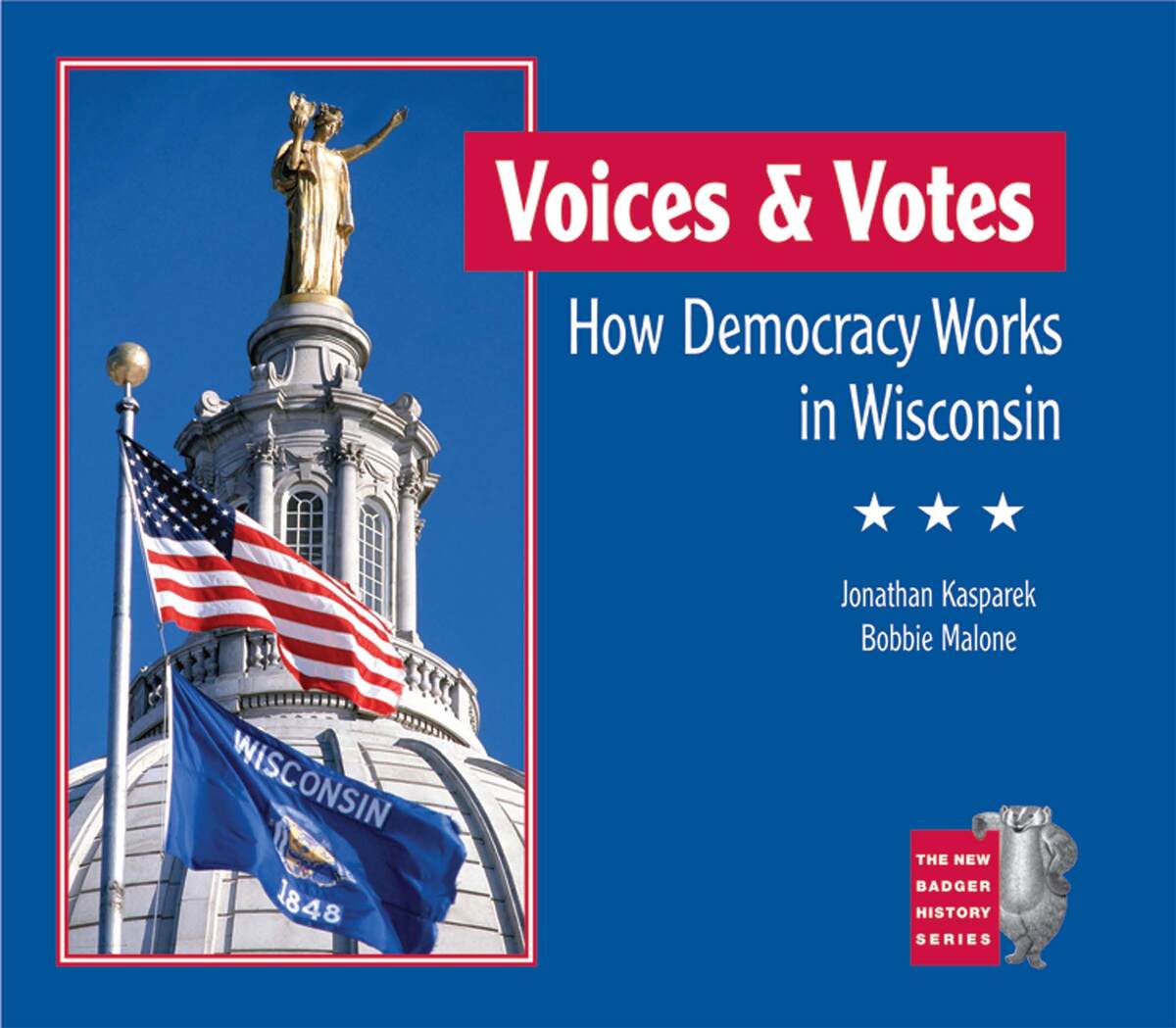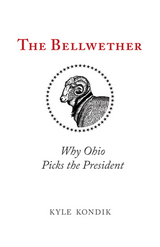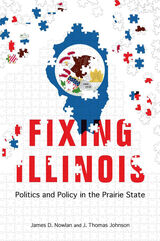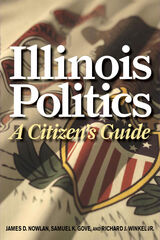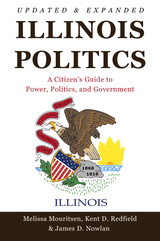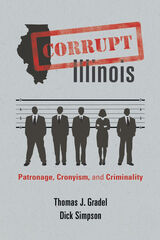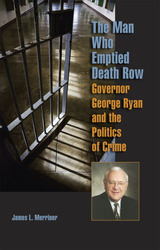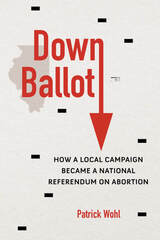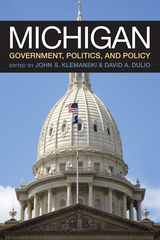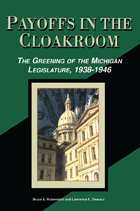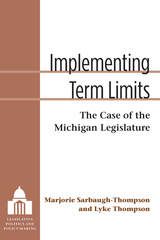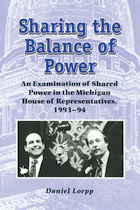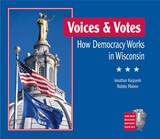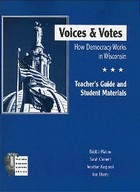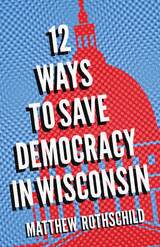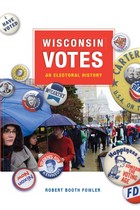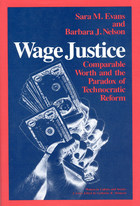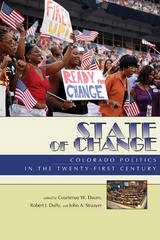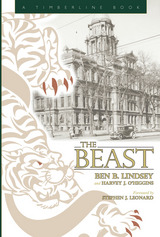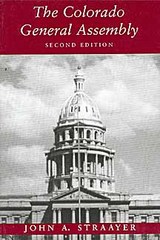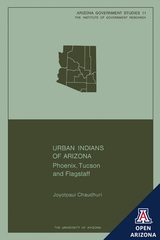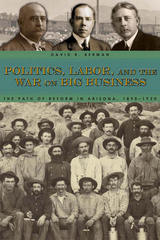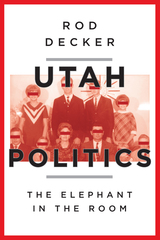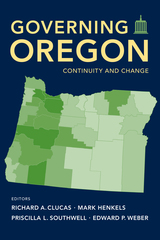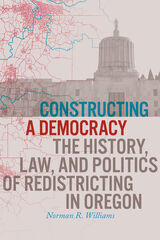"A wonderful primer on our government and Wisconsin's democratic process — very complete yet thoroughly understandable. It is written at a level that can be used in a variety of settings outside of the classroom as well as in. A great review for adults as well. And of course, ESL students would benefit from this publication not to mention, kids in alternative schools or detention programs . . . this book will serve the needs of many students throughout our state." (Dee Runaas, Law-related Education Coordinator, State Bar of Wisconsin)
"The civic mission of public education in our democracy has never been more important. The future of our American democracy depends upon an educated citizenry possessing the knowledge, skills, and dispositions to be full participants in our communities, state, nation, and world. Through Voices and Votes, the final book in the Wisconsin Historical Society's excellent New Badger History series, students learn the importance of democracy and our framework of government at the local, country, state and tribal levels. And, by showcasing Wisconsin students working for positive change in their communities, Voices and Votes demonstrates how citizenship education activities can take students out of the classroom and into the community as engaged citizens. This new resource is a must for teaching out Wisconsin Model Academic Standards in Wisconsin government and history to all our students as we prepare our young people to be active, contributing citizens of our democratic society." (State Superintendent Elizabeth Burmaster)
"Expertly researched and co-authored by Johnathan Kasparek and Bobbie Malone, Voices And Votes: How Democracy Works In Wisconsin is an informed and informative study of historical happenings and significant landmarks in Wisconsin's political evolution. Knowledgeably offering an extensive compendium for young readers to learn from, Voices And Votes grants a comprehensive and thorough analysis of the history and civics of Wisconsin's state, tribal, and local governments. Voices And Votes is very strongly recommended reading material for students and adults for its invaluable, 'reader friendly' format providing an accessible reference for Wisconsin's political history." (James A. Cox, Editor of The Midwest Book Review)
